News
Ripple buys Hidden Road to expand services to institutional clients
Ripple acquired prime brokerage firm Hidden Road to enhance services for institutional clients in both traditional and crypto markets. The company will integrate Hidden Road with XRP Ledger and RLUSD stablecoin for faster, cheaper settlements and trading. Ripple’s U.S. expansion post-2024 elections and clearer regulations boosted XRP by 280%, accelerating RLUSD adoption.
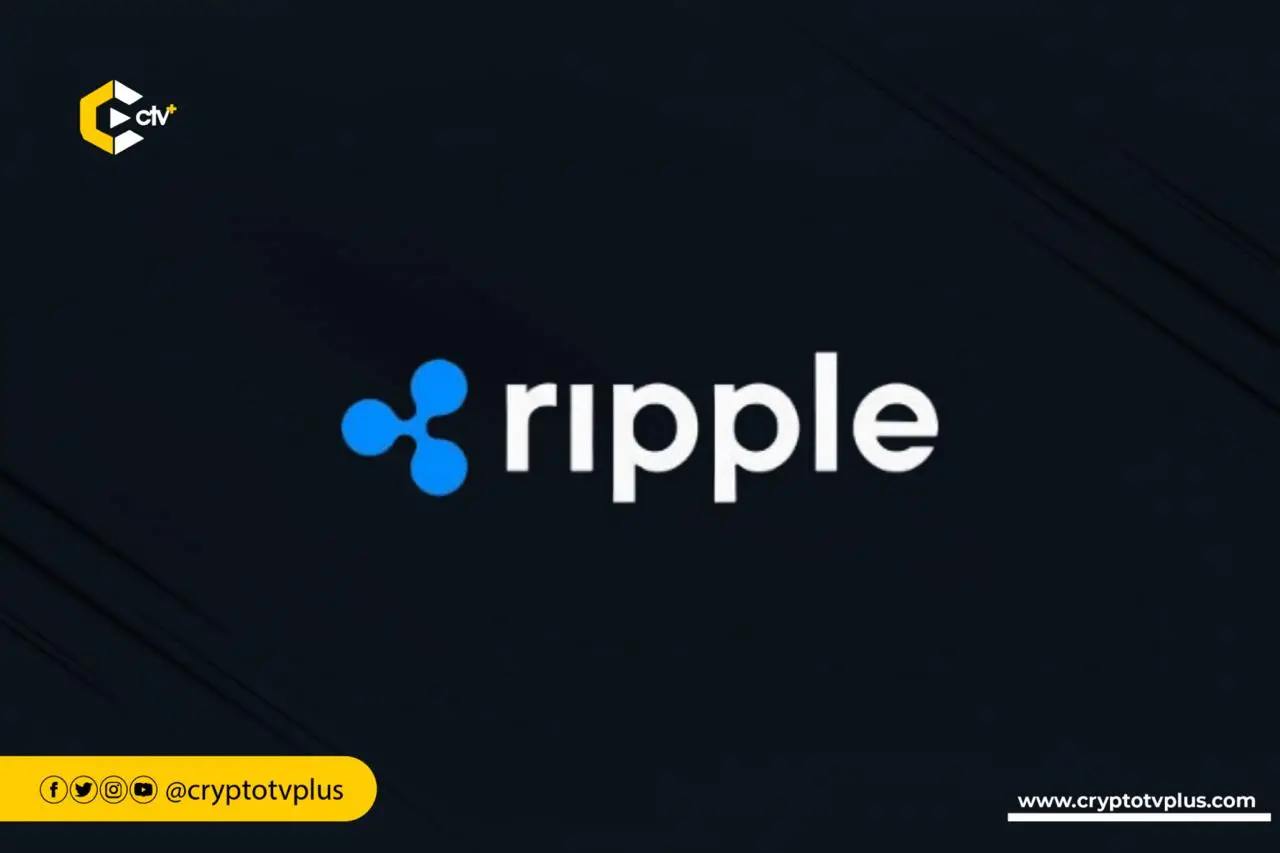
Ripple, a company best known for the XRP cryptocurrency, has acquired Hidden Road, a global prime brokerage firm, in a $1.25 billion deal announced April 8, 2025.
The move is aimed at expanding Ripple’s reach into traditional finance by providing large trading firms with tools to move assets more easily across global markets.
Hidden Road works for some of the biggest players in finance, such as hedge funds, asset managers, and other large institutions, offering them access to both crypto and traditional markets without having to deal with the operational risks of directly holding crypto.
With more than $3 trillion in yearly trading volume and over 300 clients, the firm has built infrastructure that Ripple believes will fit into its own system.
Pending regulatory clearance, Ripple plans to introduce Hidden Road’s client base to its blockchain network and its U.S. dollar-backed token, RLUSD. The firm also aims to run settlements on the XRP Ledger, Ripple’s decentralized infrastructure for moving money.
If the integration goes through as planned, this will allow faster trades, lower costs, and a broader set of services for institutional clients already using Hidden Road.
“We are at an inflection point for the next phase of digital asset adoption”, CEO Brad Garlinghouse said. According to the Ripple chief, “the US market is effectively open for the first time due to the regulatory overhang of the former SEC coming to an end, and the market is maturing to address the needs of traditional finance.”
The acquisition is one of the largest by a crypto-focused firm and suggests a strategic shift: instead of merely being a player in cross-border payments, Ripple is now pushing to become a central part of institutional trading.
The news follows a busy stretch for Ripple. After facing legal uncertainty in the U.S. for years, the company started 2025 by securing new licenses in key states like New York and Texas. Ripple has, since the 2024 election, signed more deals in six weeks than it did in the six months before.
This political shift, coupled with the new licensing, seems to have reignited interest in Ripple’s native token, XRP. The token rose 280% in value in the final quarter of 2024, and the momentum has carried into the new year.
Meanwhile, Ripple’s stablecoin, RLUSD, launched just a few months ago, has been picking up speed. As of April 2025, RLUSD has reached over $250 million in market cap, with over $10 billion in trading volume. The company presents the token as a tool for faster payments and digital asset operations for businesses.
Ripple is also trying to show that blockchain tools have uses beyond trading. On April 4, it launched a pilot program in Kenya with Mercy Corps Ventures and DIVA Donate, using RLUSD to provide fast insurance payouts for farmers affected by drought. That project is still in early stages, but Ripple says it points to a future where its tools can solve real economic problems.
Three months ago, Ripple partnered with Chainlink to boost RLUSD in decentralized finance. In early April, the firm integrated RLUSD into Ripple Payments for institutional money transfer.



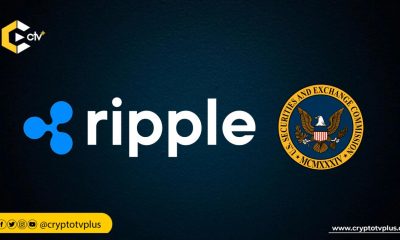

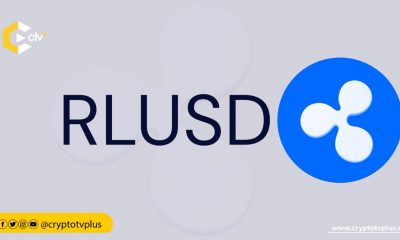



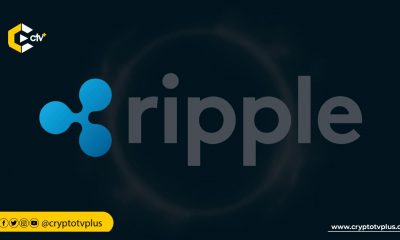

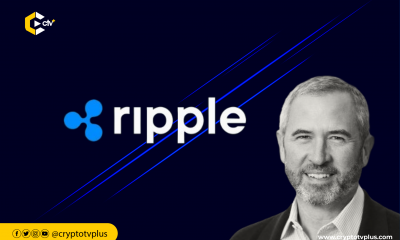





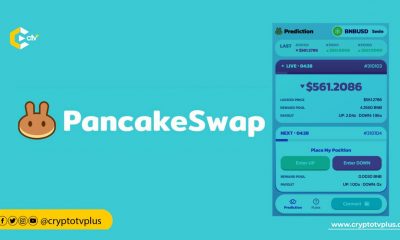



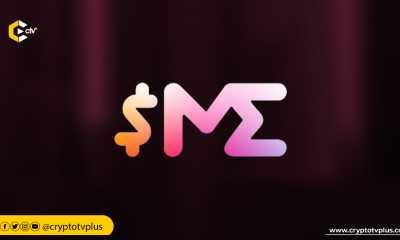



Pingback: Ripple’s Expansive Moves in Blockchain: Partnerships, NFTs, and Web3 Dominance – FlowFeed